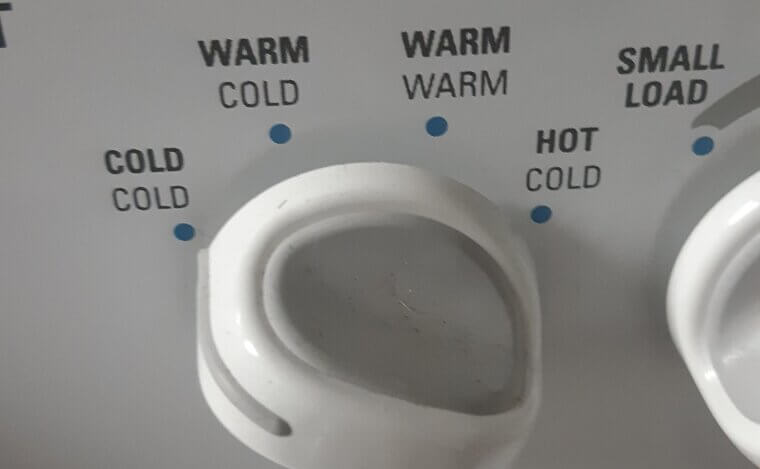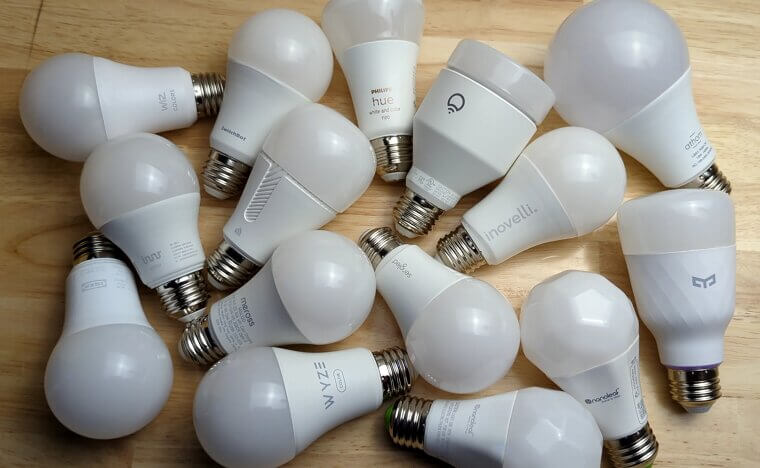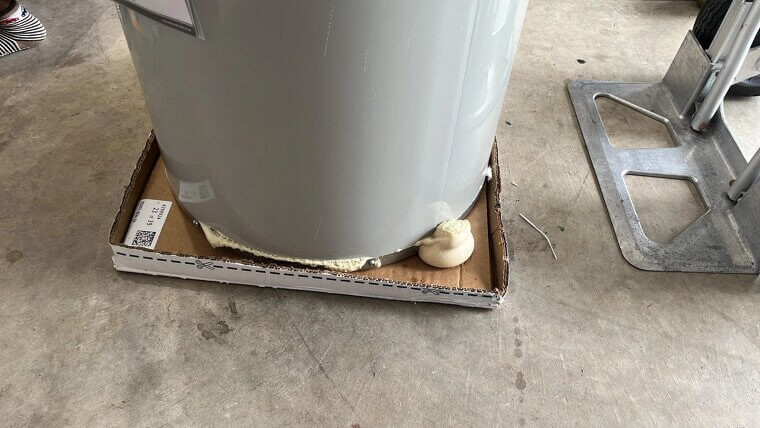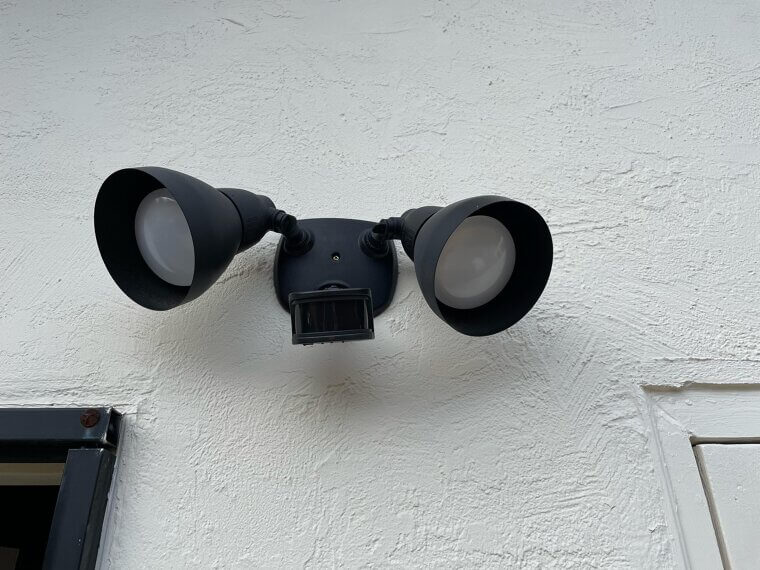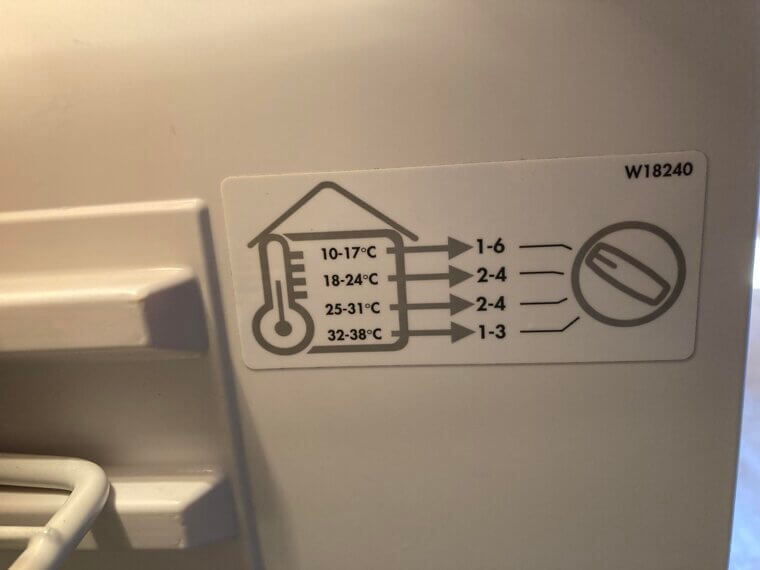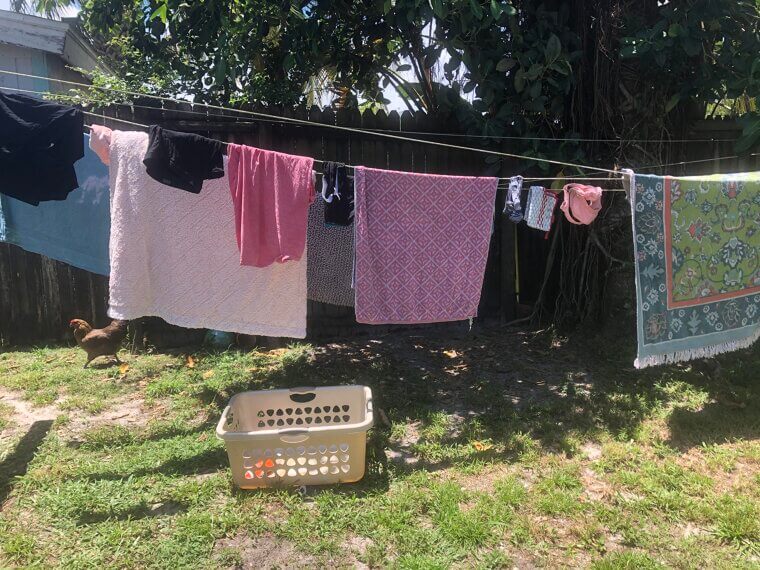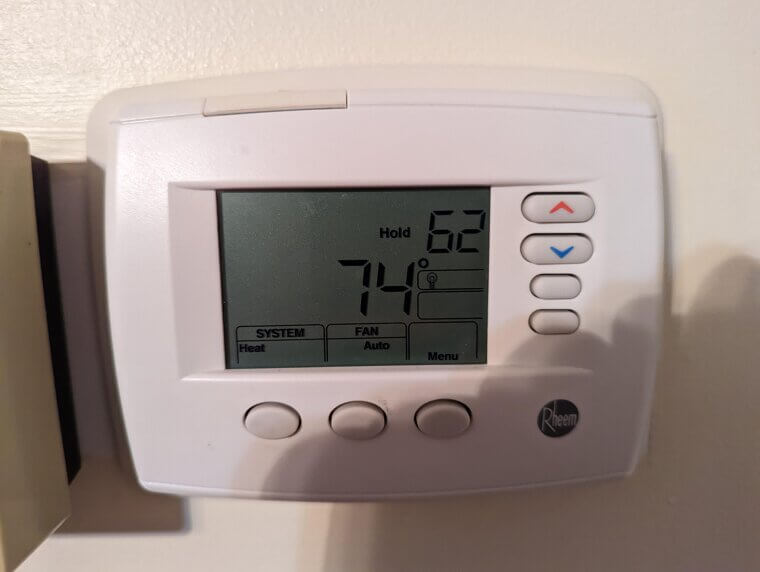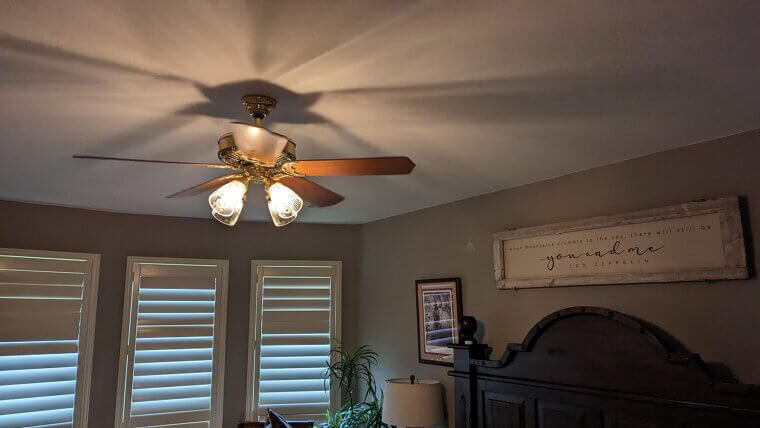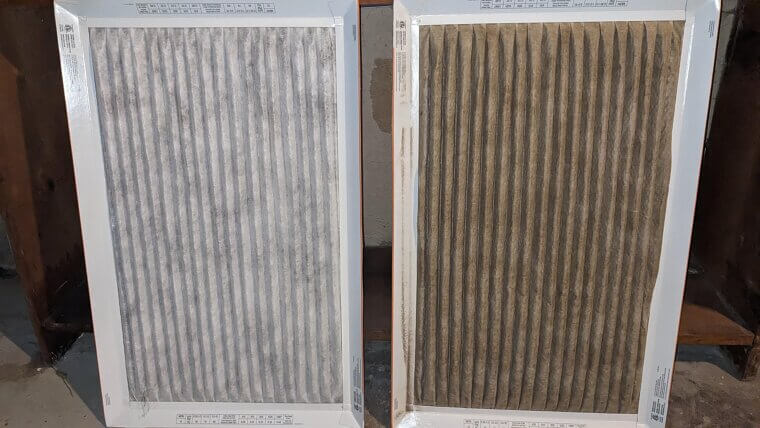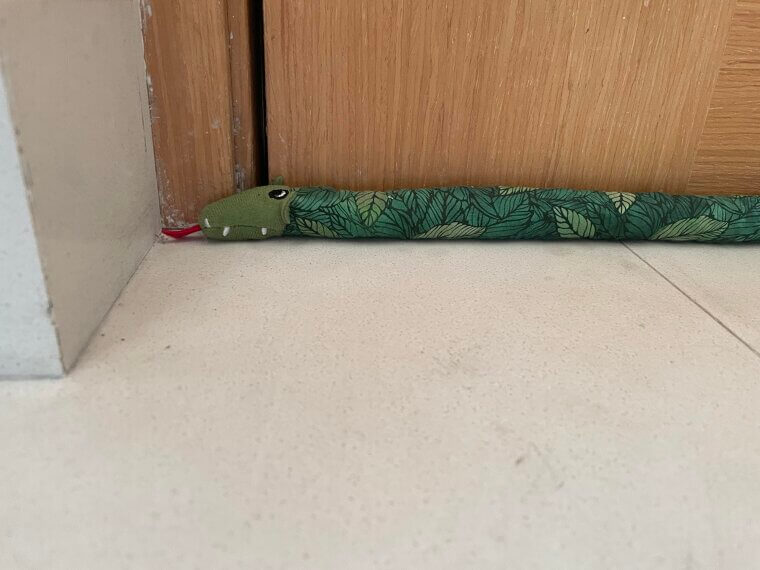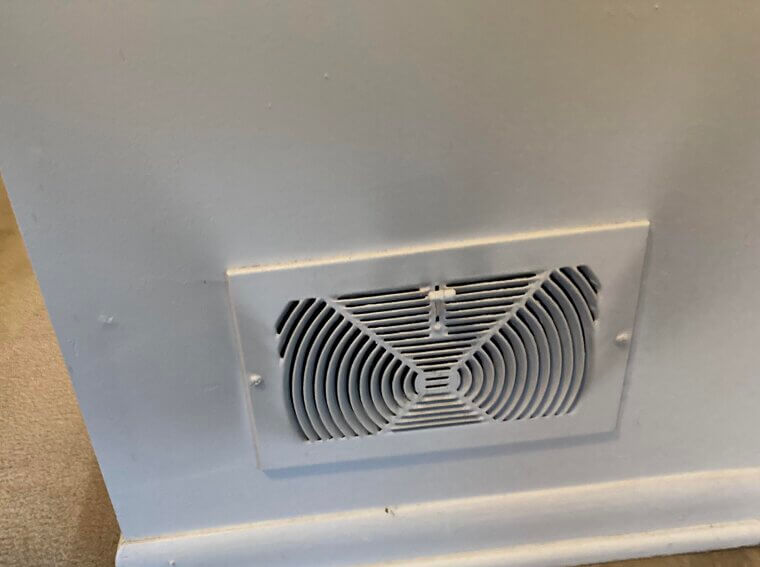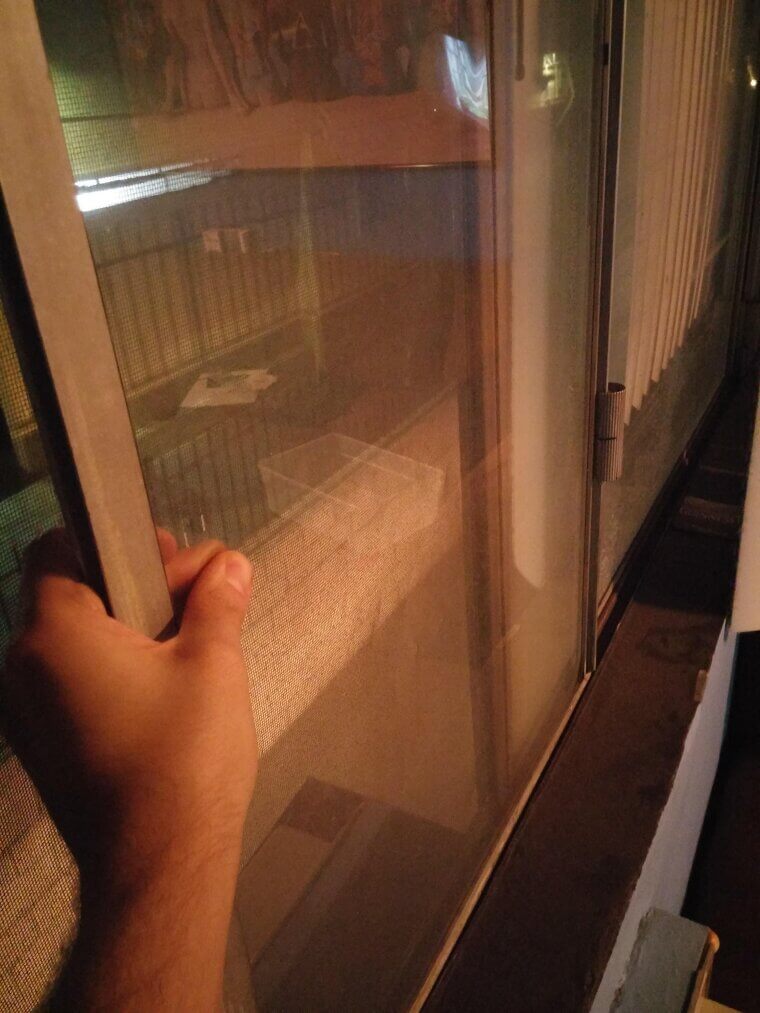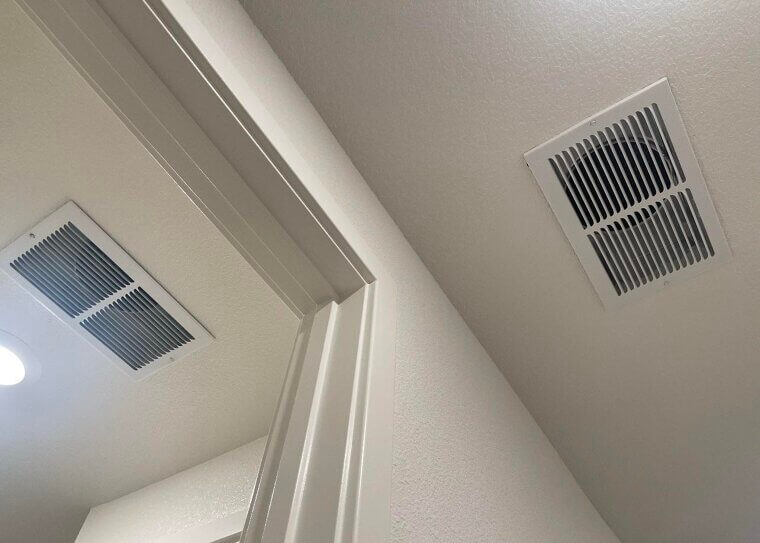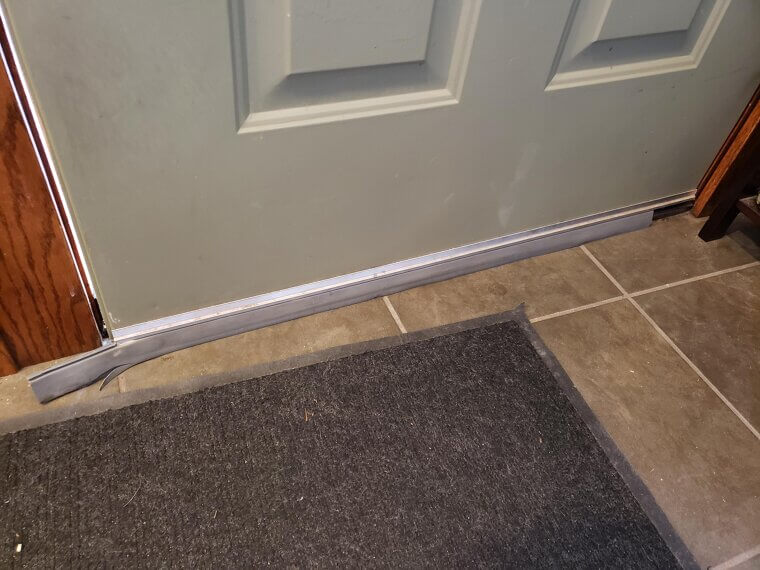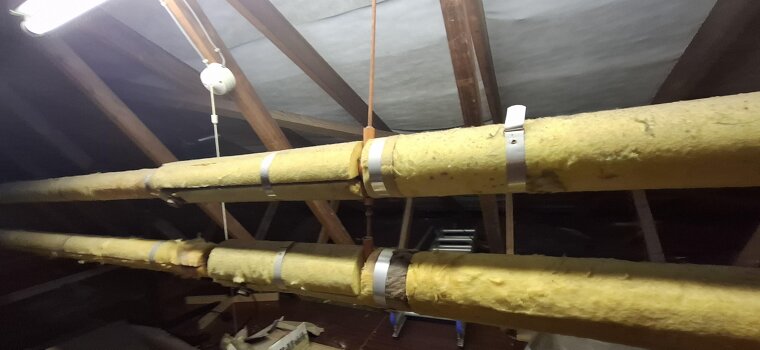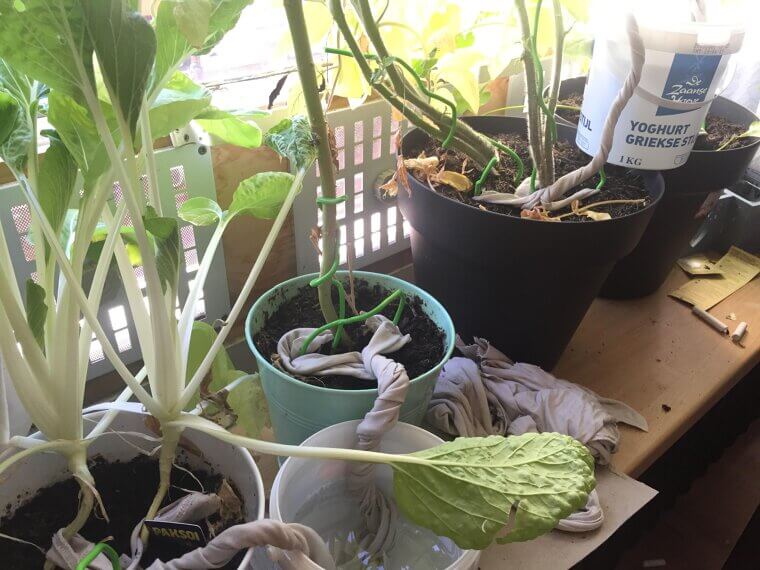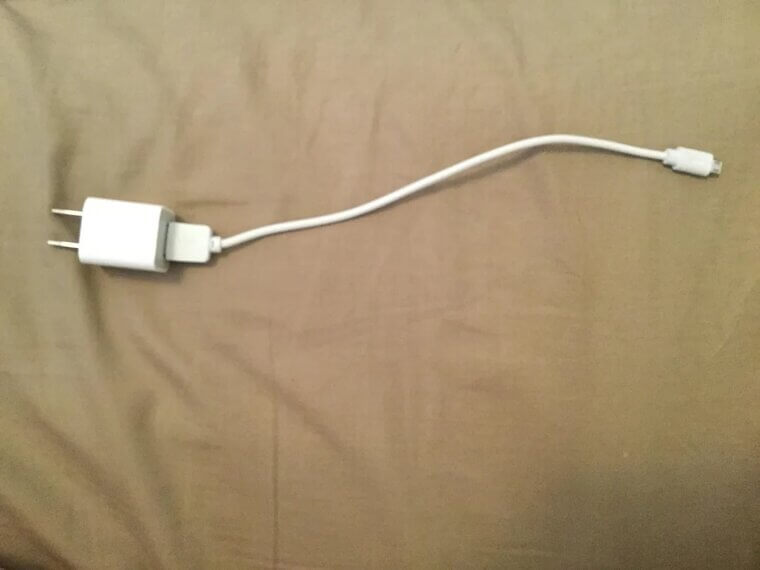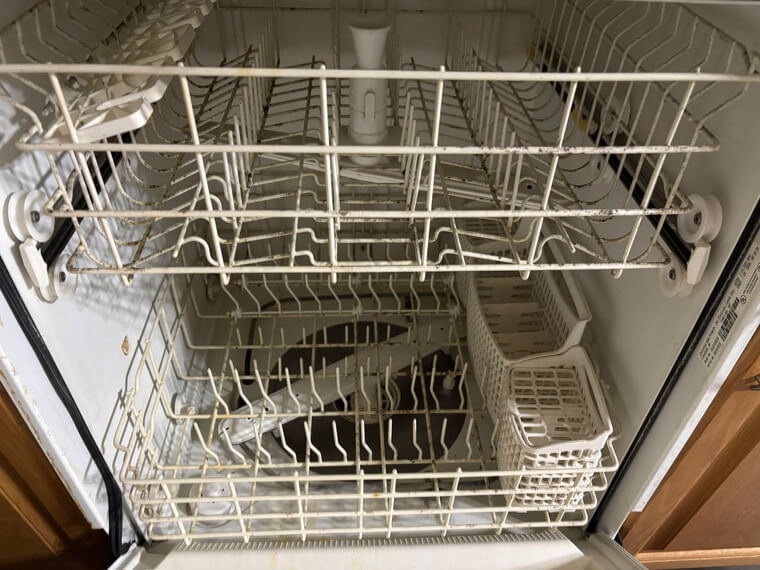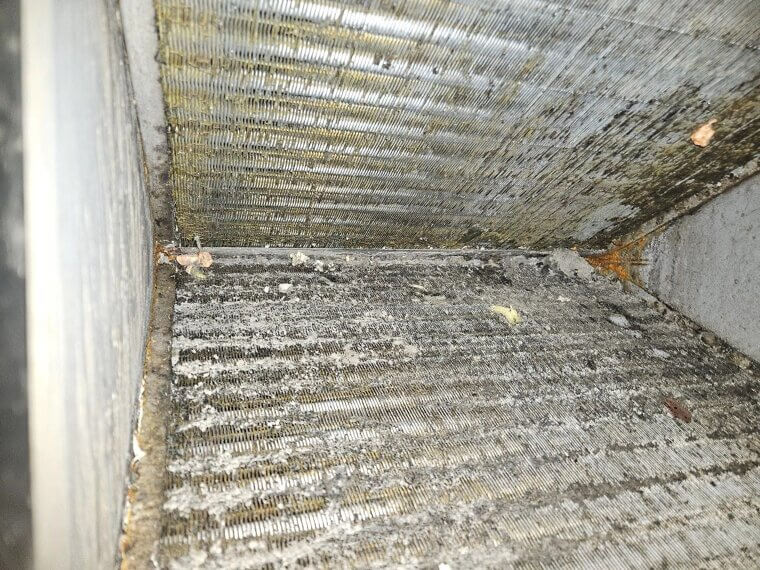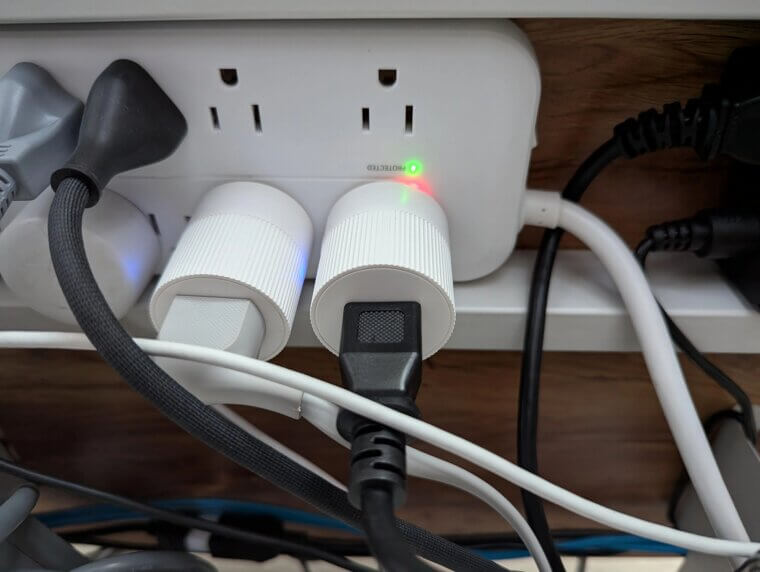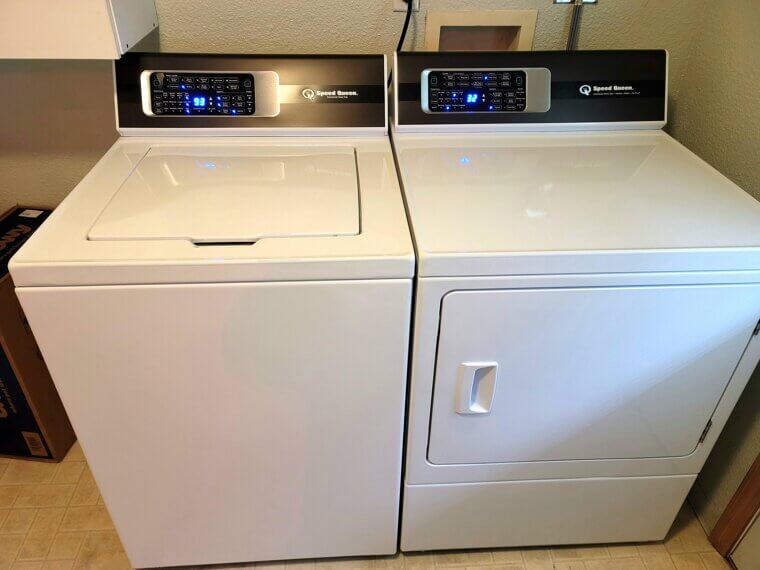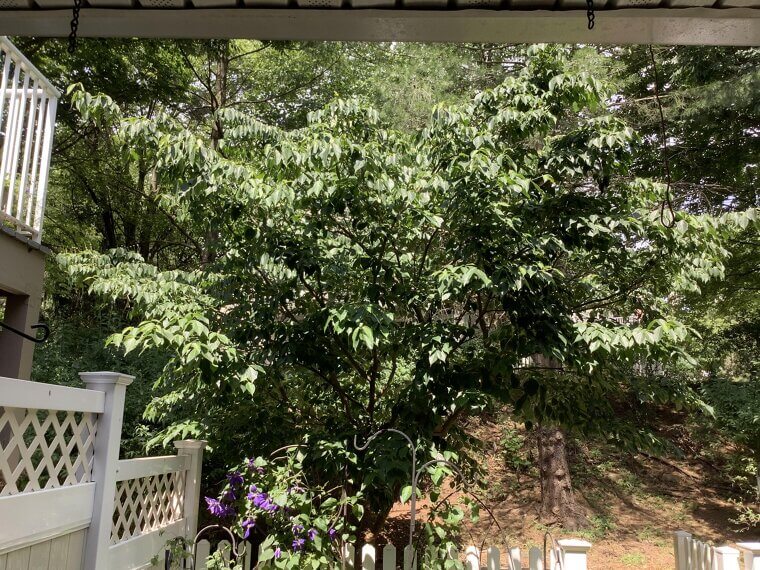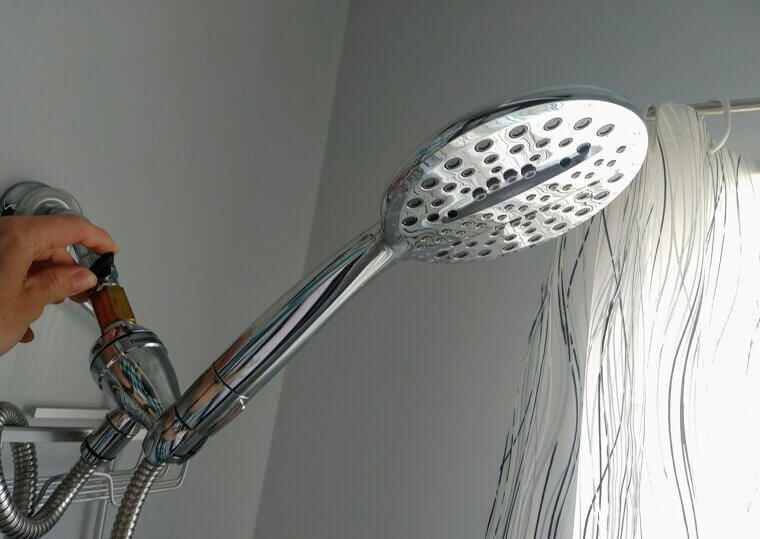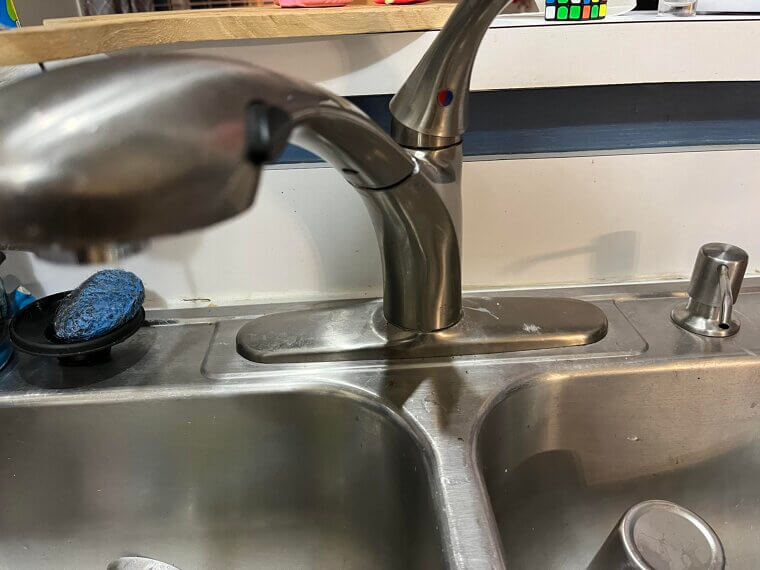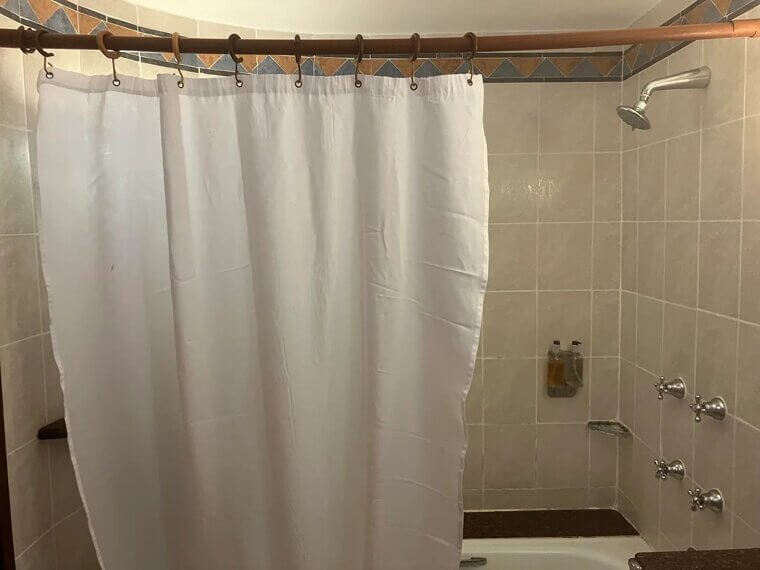Wash Laundry in Cold Water
Let’s stick with laundry for now. We’re not suggesting that you start handwashing your clothes in the nearest river. But did you know that 90% of your washer’s energy use goes toward heating water? Stick to the cold cycles.
Switch to LED Bulbs
Incandescent bulbs are as old as the dinosaurs at this point, and if you haven’t made the switch to LEDs yet, now is the time. Not only are LEDs far brighter and more effective, they’re also more energy-efficient, meaning you’ll cut down on those hefty electric bills. Plus, they last years longer than incandescents.
Install Smart Power Strips
Traditional power strips allow you to power multiple devices and appliances from a single outlet. Of course, when those devices aren’t being actively used, the phantom power they draw can get pretty wasteful. Smart power strips are able to detect when these devices are inactive and cut power to them automatically.
Install a Water Heater Blanket
Boilers and water heaters have pretty much one function: to generate heat. Of course, a lot of that heat gets lost, especially when they’re on standby. You can cut down on these standby heat losses by about 40%, however, by wrapping your tank with insulation.
Use Motion Sensor Light Switches
What seems like it should only belong in a wealthy billionaire’s home is actually quite feasible for many households. Motion sensor light switches automatically turn off the lights when no one is around, and are especially ideal for hallways, bathrooms, and closets.
Clean Refrigerator Coils
Sometimes, saving power is as easy as cleaning your appliances. Dirty refrigerator coils force your refrigerator to work that much harder to power itself. Therefore, if you want to cut down on your electricity bills, you should be giving your refrigerator coils a good clean every 6 months or so.
Set Your Refrigerator to Optimal Temperatures
While we’re on the subject of refrigerators, let’s talk about temperature. (This applies to freezers as well). Colder temperature settings don’t actually do much for food preservation, serving only to draw even more power than necessary. For your refrigerator, aim for 37–40°F; for your freezer, around 0–5°F will do.
Air-Dry Your Laundry
It may seem rural or backward to not take advantage of special appliances like a dryer, but these devices are power-hungry conveniences or luxuries. They can be used for special occasions, but in general, it’s always better to air-dry your clothes on a clothesline to save power.
Seal Windows and Doors
If you’re fortunate enough to have your own HVAC system but notice it seems to be struggling under certain weather conditions, it’s probably because it’s being forced to work much harder than it should. Use caulk or weatherstripping around your window and door frames to seal them up and prevent drafts.
Install a Programmable Thermostat
Programmable thermostats allow you to control the temperature of your home remotely. These can be, well, programmed to raise or lower the temperature on a specific schedule, making them incredibly ideal if you frequently find yourself away from home.
Use Ceiling Fans
Bear with us here: this one’s a little folksy, but it’s effective. Ceiling fans can be used all year round, and can actually help you maintain a desired temperature for specific weather conditions. In summer, rotate them counterclockwise for a cooling breeze; in winter, rotate them clockwise to push all the hot air down.
Replace HVAC Filters Regularly
Like cars, HVAC systems include air filters that need to be cleaned (and, in most cases, replaced) regularly to maintain peak efficiency and effectiveness. Clogged filters completely reduce airflow, so make sure to inspect yours on a monthly basis.
DIY Door Draft Stoppers
Remember what we said about sealing earlier? Well, if you want to reduce drafts even more, you can make your own door draft stoppers. Make, find, or buy a fabric tube, then fill it with rice or sand to block cold air from entering through the bottom of your door.
Insulate Hot Water Pipes
You may need a little bit of technical know-how to get this right, but it’s really as easy as determining which pipes carry hot water. With some foam insulation, the pipes can stay hotter for longer, reducing the need to reheat the water as frequently.
Foil Your Radiator
Radiators may seem like a relic of the not-so-distant past, but they’re still prominent fixtures in many households. Of course, they’re not always the most efficient, especially when the heat they generate gets absorbed by the walls. To prevent this, add some reflective foil just behind your radiator.
Close Vents
If you have an HVAC system, it’s likely connected to every part of your house. Of course, some rooms get more use than others, so it’s a good idea to close the vents in those areas. That allows your HVAC to direct the air directly to where you need it, without waste.
Use Thermal Curtains/Blinds
Your HVAC probably does a lot of heavy lifting to ensure that you remain comfortable all throughout the year, but you can reduce its load significantly by using thermal curtains and blinds. These help to keep warm air out during the summer and in during the winter.
DIY Window Insulation Film
If you want to dial in your heat retention even further, you can DIY your own window insulation with thin plastic film. This is placed over your windows and is a cheap, effective way to keep heat inside when you need it.
Regularly Clean HVAC Vents
An HVAC system is a wonderful thing, but as you’ve likely already noticed, it requires plenty of maintenance to remain effective. Dust buildup on its vents restricts airflow and forces your system to work that much harder, thereby using more power. Of course, this can be remedied by a simple cleaning every so often.
Install Door Sweeps
Door sweeps work more or less the same as door stoppers, but are usually found on exterior doors. They’re simply another way of ensuring that air leaks are kept to a minimum.
Insulated Water Pipes
Don’t you hate the wait for water to heat up and the hole a geyser burns in your wallet? Well, by installing insulated water pipes, your water will stay hotter for longer and heat up quicker, meaning your geyser can consume less electricity!
Use Recycled Water for Outdoor Cleaning
You may think that since the water has already been used, it can’t be used again. Well, that’s where you'd be mistaken - you can reuse water collected from washing your hands (or anything else for that matter) to water your plants or clean your home.
Unplug Chargers and Electronics When Not in Use
You wouldn't expect it, but even when you’re not actually charging something, the charging cable will still suck some of your power. Save some electricity by unplugging all chargers (and other electronic devices) while they're not in use.
Run Dishwasher Only When Full
This one may be a bit more on-the-nose for some of you, but for those of you who may not know, only use the dishwasher when it’s full. By doing this, you’ll save on both water and electricity. Bonus points if you use it on eco or air-dry mode!
Use Microwave or Toaster Oven Instead of Full Oven
Microwaves and air fryers are the future. Not only are they significantly faster at cooking or reheating food, but they also save a ton of electricity, making it the perfect investment for both your wallet and the planet!
Maintain Your HVAC System Annually
Do you know how dirty an HVAC can get throughout a year? All that dust really affects its effectiveness. Add some DIY enhancements, such as cleaning coils or even simply checking and cleaning the ducts regularly, to boost your HVAC’s performance.
Use Smart Plugs to Automate Power Use
Remember those automatic lights people would use when they went away on holiday over Christmas? Well, you can still use those plugs now to save on electricity by having them switch on and off at certain times of the day.
Dry Loads Back-To-Back
If you've got more than one load of washing to dry in one day, then go ahead and dry them back-to-back to reduce the heating time of the next load by using residual heat from the first load.
Defrost Freezer Regularly
When your freezer builds up with ice, not only do you have less space for your frozen goods, but the compressor has to work much harder to maintain temperature regulation. Defrost your freezer regularly to save on electricity and promote freezing efficiency.
Plant Shade Trees Strategically
By planting trees on the sunniest side of your home, not only are you giving it a happy place to live, but you're also saving on cooling costs during those hot summer days. Plus, now you’ve got a lovely tree to cool off under!
Install Low-Flow Showerheads
We know, we know - the best part about getting into the shower at the end of a long day is that sudden burst of hot water. But what if we told you that a low-flow showerhead not only reduces water usage, it also doesn’t restrict the pressure?
Fix Leaky Faucets
Besides being unbearably annoying, a leaky faucet can also waste hundreds of gallons of water each month. While you can always call a plumber, you can also DIY your own gaskets or flapper replacements.
Collect Rainwater
Don’t worry, we’re not suggesting you collect rainwater for drinking purposes (although, with the right purification methods, you totally can). But if you have any plants, it’s much more cost-effective to water them with collected water rather than filling the jug under the tap every time.
Add Faucet Aerators
Faucet aerators are truly incredible little devices that essentially mix your running water with air, effectively cutting back your water usage by 40%. Needless to say, they’re a great investment for anyone who’s sick of staggeringly high water bills.
Shorten Showering Time
Folks, at the end of the day, it’s the small things that make a big difference, and shortening your showers by as little as two minutes can sometimes be enough to cut down on your water and heating bills.

